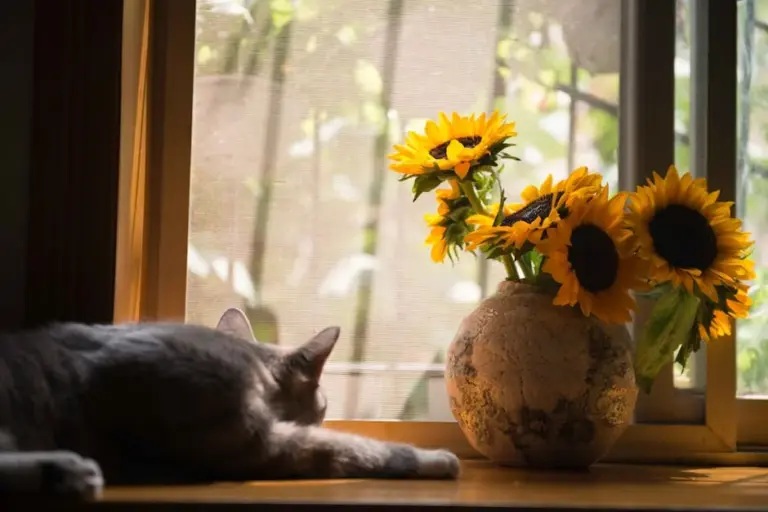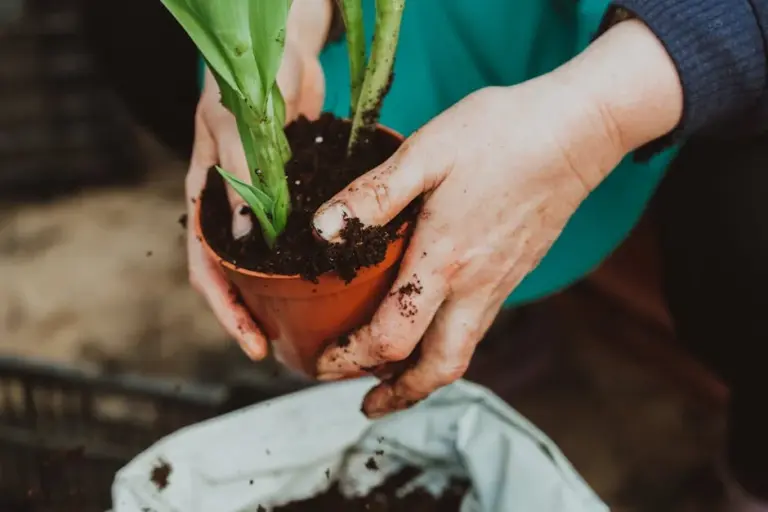Tips for Growing Beautiful Flowers on Your Balcony: Easy Care Ideas for Every Space
Growing flowers on your balcony is a great way to add color and life to a small outdoor space. Whether you have a sunny spot or partial shade, you can create a vibrant display that brightens your home. With the right approach, you can easily cultivate beautiful blooms even in limited space.
Your balcony garden can become a personal retreat where you enjoy the beauty of nature without needing a yard. This article will help you understand how to make the most of your balcony for growing flowers that thrive. With a few simple tips, you’ll be able to create a charming and inviting floral space.
Choose flowers suited for your balcony’s sunlight exposure

Start by observing how much sunlight your balcony receives each day. If it gets full sun, aim for flowers that love at least six hours of direct light.
For south-facing balconies, sun-loving flowers like petunias or marigolds work well. They thrive in bright, warm conditions.
If your balcony is shaded or faces north, pick shade-tolerant plants. Ferns or impatiens can handle lower light and still look great.
Matching flowers to your light conditions helps them grow healthy and reduces the risk of wilting or poor blooms. This simple step makes your balcony garden more enjoyable.
Use high-quality potting soil for better drainage and nutrients

Using high-quality potting soil is key to helping your balcony flowers grow strong. It provides the right balance of water retention and drainage, so your plants won’t sit in soggy soil.
Good potting soil also keeps air flowing to the roots, which helps them stay healthy. It usually contains the nutrients your flowers need to thrive in containers.
Choosing a lightweight, well-draining mix designed for container plants can make a big difference. This helps your flowers get enough water without becoming waterlogged or stressed.
Select containers with proper drainage holes
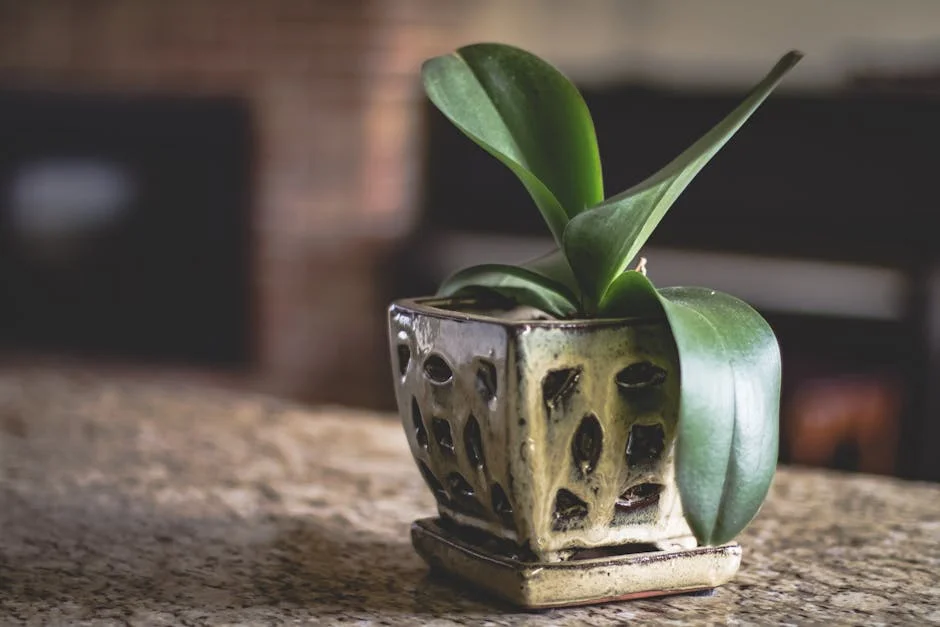
Choosing containers with drainage holes is key to keeping your flowers healthy. These holes allow excess water to escape, preventing waterlogging and root rot.
If your container doesn’t have holes, you can often add some by drilling carefully. Just make sure the pot material can handle it.
Using a saucer under your container helps catch any extra water and protects your balcony surface. Proper drainage keeps your flowers happy and thriving.
Water flowers consistently but avoid overwatering
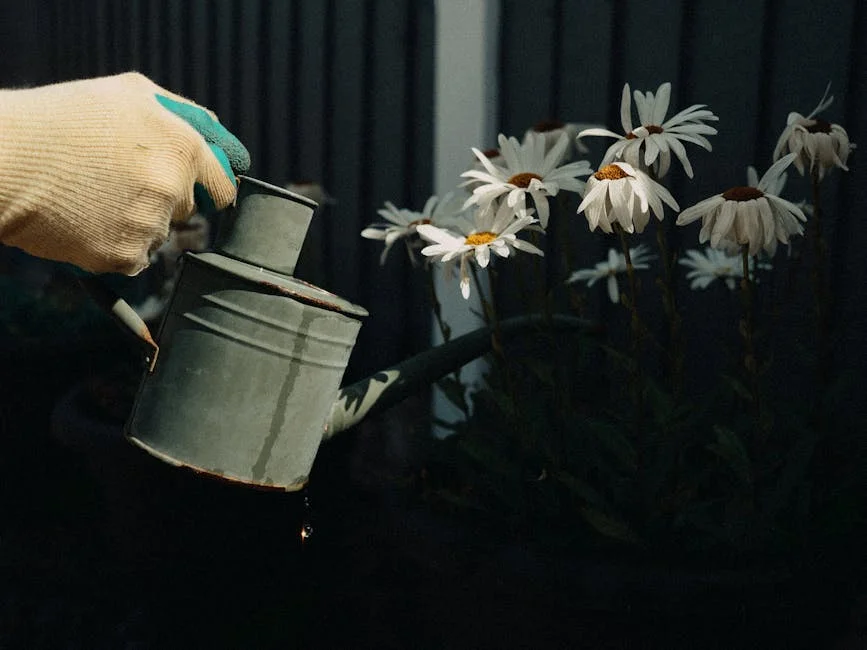
You want to keep your balcony flowers healthy by watering them regularly. Consistent moisture helps plants grow, but too much water can harm them. Overwatering can suffocate roots and cause fungal problems.
Check the soil before watering. If the top inch feels dry, it’s time to water. Make sure your pots have good drainage so excess water can escape.
Water in the morning when temperatures are cooler to reduce evaporation. Using a drip system or watering at the base helps avoid wetting leaves, which can lead to disease.
Remember, finding a balance is key. Your flowers will thank you with better blooms and stronger growth.
Add slow-release fertilizer to boost blooming

Using a slow-release fertilizer is a simple way to support your balcony flowers. It steadily provides nutrients over time, helping your plants stay healthy without constant feeding.
Look for formulas with higher phosphorus, as it encourages flower production. Avoid too much nitrogen, which can lead to leafy growth instead of blooms.
Applying slow-release fertilizer when you first plant your flowers gives them a strong start. It keeps feeding them gently for weeks, so your balcony stays colorful longer.
Group plants with similar water needs together
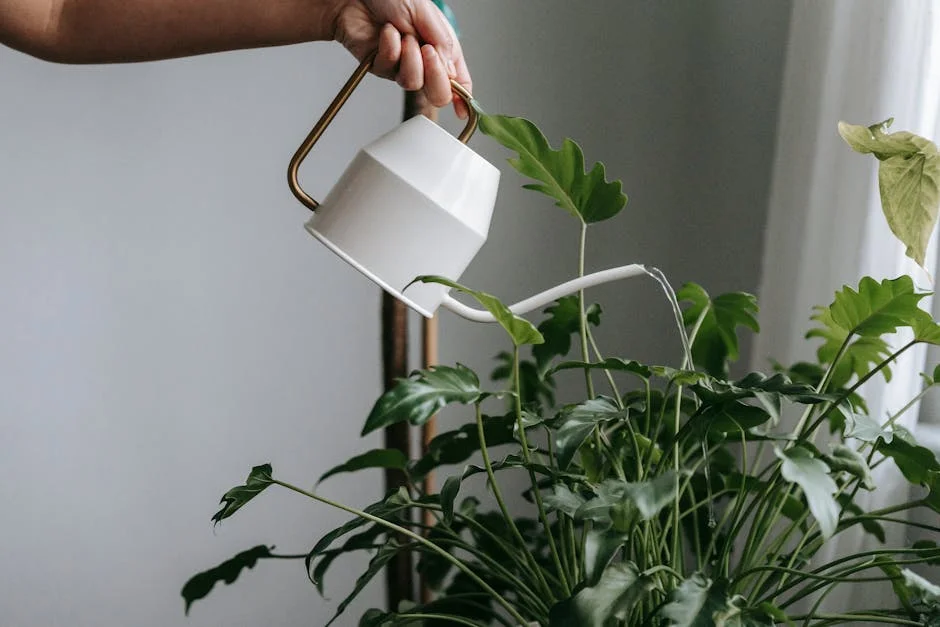
When you group plants with similar water needs, it makes caring for your balcony garden much easier. You can water all the plants in that group at the same time without worrying about overwatering or underwatering anyone.
This approach saves you time and helps your plants stay healthy. For example, drought-tolerant plants like succulents should be kept separate from moisture-loving flowers that need frequent watering.
Arranging your plants this way also helps reduce water waste and keeps the soil conditions consistent. It’s a simple step that supports your plants’ growth and keeps your balcony looking its best.
Incorporate trailing flowers for visual interest

Adding trailing flowers to your balcony can instantly enhance its charm. These plants cascade gracefully, creating a soft, flowing look that adds depth to your space.
You can grow trailing flowers like petunias, verbena, or creeping phlox in hanging baskets or pots placed on shelves. Their cascading habit draws the eye and brings a dynamic feel to your garden.
Using trailing plants also helps you make better use of vertical space. They work well on railings, in window boxes, or leaning over planters, giving your balcony a lush, layered appearance without taking up much floor space.
Rotate plants occasionally for even sunlight

Your balcony flowers grow toward the light naturally. If you don’t rotate them, one side may get more sun and grow unevenly.
By turning your plants regularly, you help them get sunlight on all sides. This supports balanced growth and keeps your flowers looking fresh.
Try rotating your pots every few days. Just a gentle turn can prevent leaning and encourage new leaves and blossoms.
Be mindful of too much direct sun after rotating. Some plants can get sunburned if exposed for too long on one side.
Use hanging baskets to save space and add layers
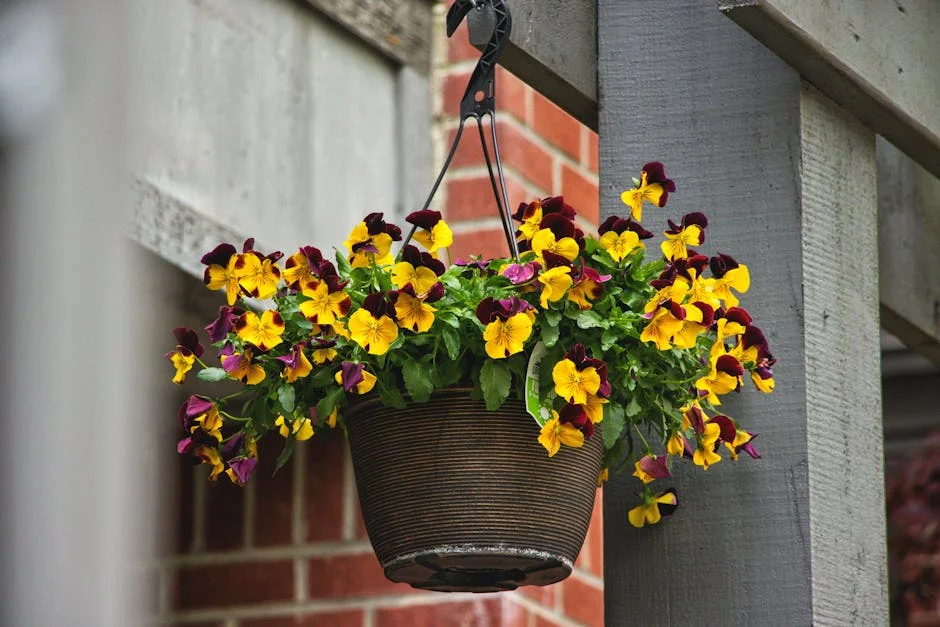
Hanging baskets are a great way to maximize your balcony space. They let you grow flowers without taking up floor room, giving you more options for planting.
You can hang baskets at different heights to create layers of color and texture. This adds depth and interest to your outdoor area.
Choose plants that trail or cascade for the best effect. Mixing different flowers and greenery in each basket can make your balcony look lush and inviting.
Hanging baskets also brighten corners or railings that might otherwise go unused. They’re practical and add charm to your outdoor space.
Prune dead flowers regularly to encourage growth
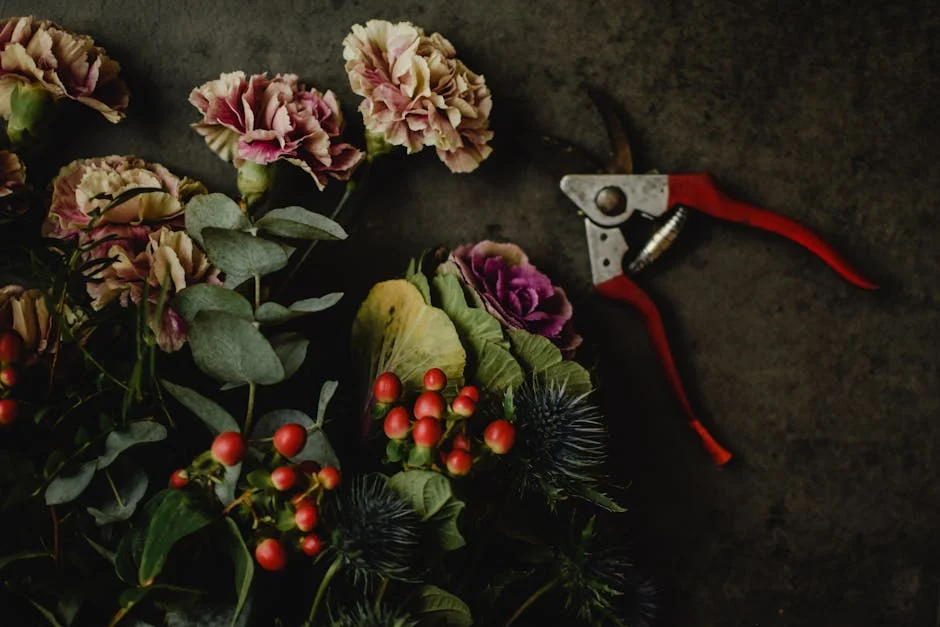
You should remove dead flowers from your plants often. This step, called deadheading, helps your flowers focus energy on producing new blooms instead of seed production.
Using sharp shears or simply pinching off spent blossoms makes a big difference. It also keeps your plants looking tidy and healthy.
Regular pruning helps prevent disease by removing damaged parts and improves air circulation. This encourages stronger growth and often leads to a longer blooming season for your balcony flowers.




